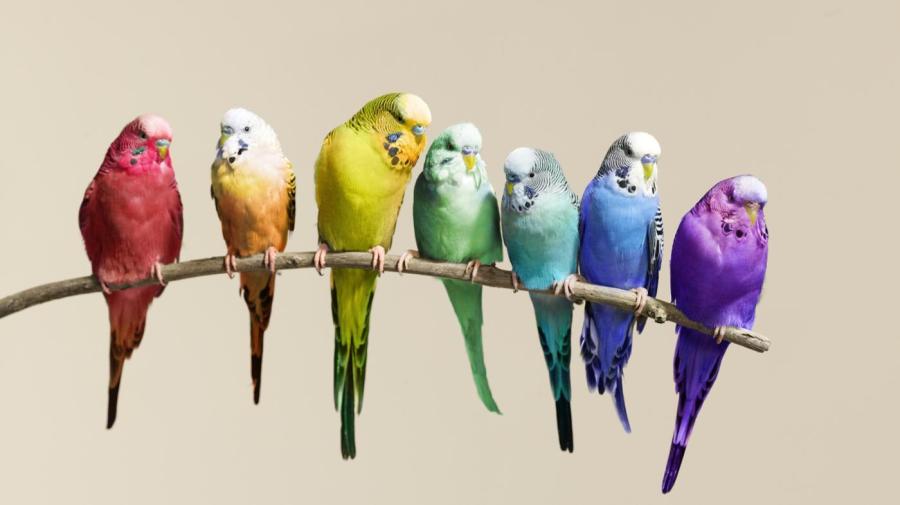What Is the Difference Between Genus and Species?

Genus and species are part of the biological classification system for living things. A genus encompasses a group of species that are closely related. Species is the most specific level of scientific classification, which typically groups animals that are so similar that, when they breed, they produce fertile offspring.
All species are given two-part scientific names. The first word identifies the organism’s genus. For example, the scientific term for Monarch butterfly is Danaus plexipus. This indicates that it has been placed in the genus Danaus, along with similar species. The second part identifies the species distinction.
As the levels of classification progress, organisms become more and more alike. Species is the most specific scientific classification, however, some members of the same species appear very different even though, scientifically, they are the same. For example, wolves, Chihuahuas, a Beagles and Great Danes are classified within the species Canis lupus.
Genus and species are used in relation to modern humans, or Homo sapiens, as well. The genus “Homo” first appeared on Earth between 1.5 and 2 million years ago. Other well-known species, such as Neanderthals and Cro-Magnons, fall within the “Homo” genus. Genus is the sixth level, out of seven, in the organizational system.





